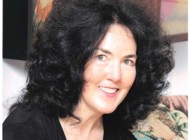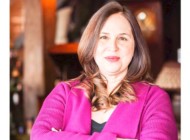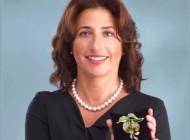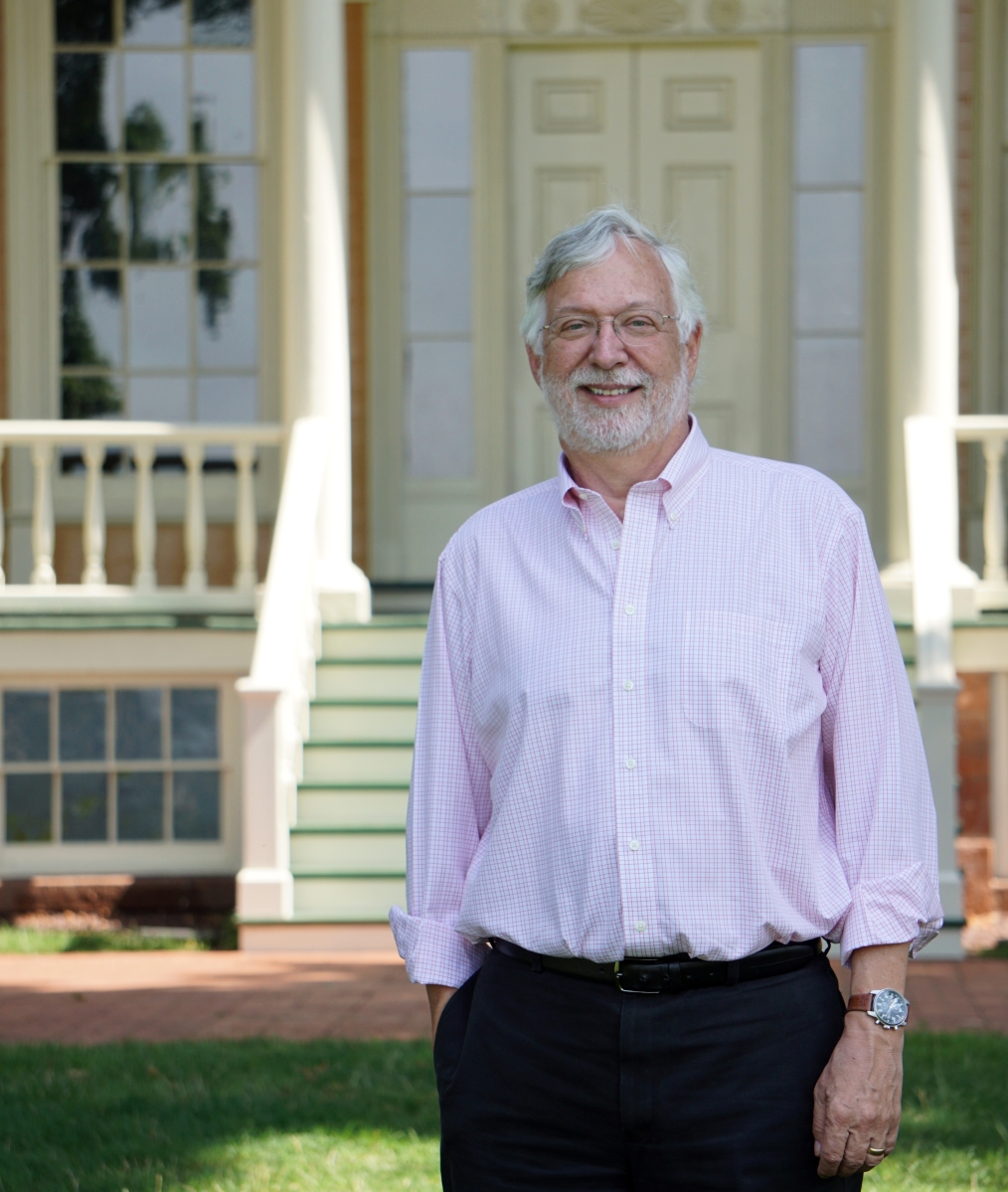
Steven Miller, executive director of Boscobel House and Gardens in Garrison, N.Y., has written the just-published book, The Anatomy of a Museum: An Insider’s Text (Wiley, August 2017), based on a museum studies course he has taught for many years as well as his 40-plus years working for museums and institutions throughout the Northeast. From his days playing in a jug band to postulating on the future of museums, he shared some highlights with us.
How did this book come about?
The book reflects the content of a course I have taught for 14 years at the Seton Hall University MA Program in Museum Professions. There are no museum studies textbooks that cover all the subjects I think are important for students to understand when it comes to knowing what a museum is, why, and how they operate. I explain museums through their component operational parts. I start with defining museums and their governance. I then move through various disciplines such as directing, curating, security, conservation, finance, etc. The book will have a practical application as I include a final test at the end. Each chapter concludes with what I call my class questions. These happened to me on the job and are relevant to each chapter. Students are asked what they would do in the scenarios described.
Who is the book’s intended audience and can you share some of your insights into the inner workings of museum life?
The first audience for the book is faculty and students of museum studies. Because Wiley is an international publisher, it is designed for global use. A second audience will be museum professionals and those responsible for museums in some governing, fiduciary or related manner. Museum trustees should find it helpful. They are often the least knowledgeable about the nature of the institutions they govern. A third audience is the general public. It should be informative and easy reading for all.
As for inner workings… I am not sure what to say but there is far more to museums than what the public may think. Most people only experience museums through their exhibits. This is the end product of work that unfolds in museums over years, decades and even centuries in some cases. It happens well before an object is placed in a gallery. Museums are an interesting mix of academic and profession disciplines that range from accounting, conservation and graphic arts to security, maintenance, education, design and public relations.
Tell us about the future of museums.
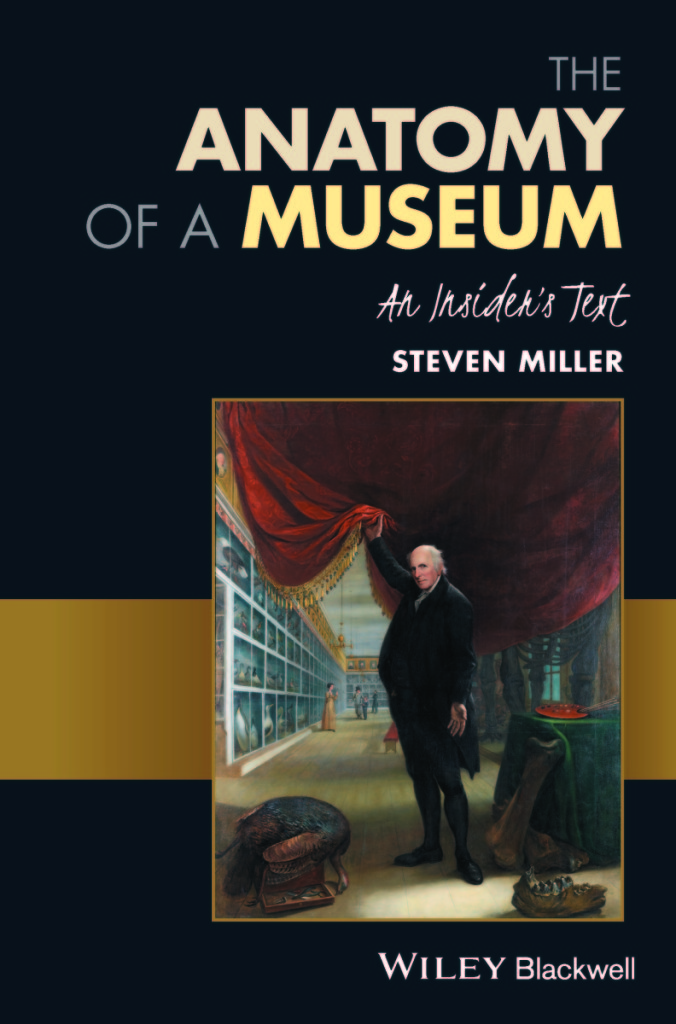 I am extremely optimistic about the future of museums. They have made quantum leaps in defining a field that is now recognized as a distinct profession. Consequently, museums are much better run than they once were. In the nearly 50 years I have been involved with them, enormous positive strides have been made on so many levels. Who would have thought these novel institutions would play such a central role in society, on a cultural, economic, political and social level? Indeed, museums are the cathedrals of today and in more ways than simply being architectural signifiers of status and import. In the last chapter of my book I talk about what I think will be the challenges museums face going forward. They are not minor and largely have to do with collection magnitude. Museums rarely shrink, which means they must increasingly deal with more, and more, and more collections of all sorts.
I am extremely optimistic about the future of museums. They have made quantum leaps in defining a field that is now recognized as a distinct profession. Consequently, museums are much better run than they once were. In the nearly 50 years I have been involved with them, enormous positive strides have been made on so many levels. Who would have thought these novel institutions would play such a central role in society, on a cultural, economic, political and social level? Indeed, museums are the cathedrals of today and in more ways than simply being architectural signifiers of status and import. In the last chapter of my book I talk about what I think will be the challenges museums face going forward. They are not minor and largely have to do with collection magnitude. Museums rarely shrink, which means they must increasingly deal with more, and more, and more collections of all sorts.
Describe a typical week for you as museum director.
That’s hard to do in detail but easy to do in concept. A museum director has to be a practical visionary. On a daily basis, museum directors manage what I call the seven P’s: planning, people, promotion, projects, professionalism, problems and potential. The impact, presence, depth, recurrence, balance, or absence of the seven P’s vary. Museums are places of assessment, decisionmaking, dreaming and explanation, and directors must do this constantly. It is a people position though some might think it is about objects. Effective directors are cheerleaders in the best sense of the concept. Proselytizing is part of the job
In your free time, what do you enjoy doing?
I have played jug band music (washboard, blues kazoo, vocal) since 1962 when a group of us in high school started. We still play, albeit not often. I love being with my family. Some travel is pleasant. I trained as a studio artist (sculpture). I keep my hand minimally in it by doing a watercolor or two when traveling.
When traveling, what’s your favorite museum to visit and why?
Borghese Gallery, Rome: some of the greatest art in the world, including what I think is the greatest sculpture in the world: Bernini’s “Hercules and Persephone.” I could look at it for hours
What’s your next big project? Is another book on the horizon?
I have two books on the horizon. One is complete and in the hands of a publisher. It is on deaccessioning, or how museums remove things from their collections. The other one is only a concept but will be about curators, as the job is explained by curators of long-standing who have worked with permanent collections in art, science and history museums.
I consider retirement a four-letter word but I will be doing that in the coming year. I look forward to continuing to teach museum studies while ramping up my participation in the growing public dialog about museums nationally and internationally. I also look forward to being a free career mentor to any and all. I will expand my work as a museum scholar through my yet-to-be established office Museum Commentary. And I will get back to making art.
-Andrea Valluzzo

